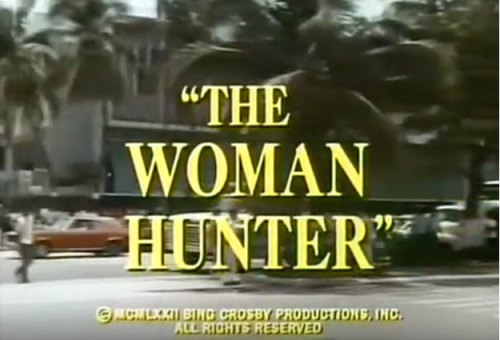House of Dark Laughter
Melissa Napier | Avon Books | 1972 | 176 pages
“There were what was called a woman’s wiles, and she was prepared to use them as much as necessary in order to get the man that she knew she wanted.”
Young art appraiser Betsy Vaughn accepts a position in opulent Dalton Manor to assess a dying man’s estate, and following the well-worn traditions of the inheritance thriller, finds mystery, intrigue, and a possible romance. She is also knocked unconscious several more times than the average heroine.
Employed by Carter Willard, the ailing Mr. Dalton’s personal secretary, Betsy finds herself among a host of antagonistic and scheming relatives, each positioning themselves for an anticipated piece of the estate. The young and beautiful Alice Dalton has assumed the role of caretaker for her stricken older husband, and immediately treats Betsy as an unwelcome outsider. Derek and Lorna, Dalton’s feckless niece and nephew, are less overtly hostile, but clearly impatient to begin spending the family fortune.
Mildly diverting but lacking any distinctive elements to elevate it from a multitude of similar genre entries, House of Dark Laughter delivers enough modest thrills to sustain its short page count: thumping noises from the closed-off wing of the mansion, hazy spectres in the night, the mysterious disappearance of the first Mrs. Dalton and her young infant daughter, and a rash of threats and actual attacks against Betsy.
Even with a slight twist in the final act, after a semi-incapacitated Betsy is dragged through the grounds to a waiting shallow grave, the identity of her antagonists comes without much surprise. Apart from placing herself in enough perilous situations to receive an inordinate number of blows to the back of her head during a few weeks at Dalton Manor, Betsy mostly lacks the crippling meekness and poor decision making so often characterized by the heroines in these women-in-danger tales.
House of Dark Laughter* occupies an easily familiar and comfortable space, while somehow allowing a certain curmudgeonly resistance to rise against its preordained conclusion of hard life lessons learned, the importance of biological family, and the need of a young woman to land her dream man.
—
*Editor’s Note: No trace of “dark laughter” exists in the entire text.














